Animal enclosures, also known as animal housing or animal pens, can be made of various materials depending on the purpose and the animal species. Some common materials used in building animal enclosures include:
Metal: Metal enclosures are often made of steel, aluminum, or other durable metals. They are strong, easy to clean, and resistant to rust or corrosion. Metal enclosures are commonly used for livestock, such as cows, pigs, and sheep.
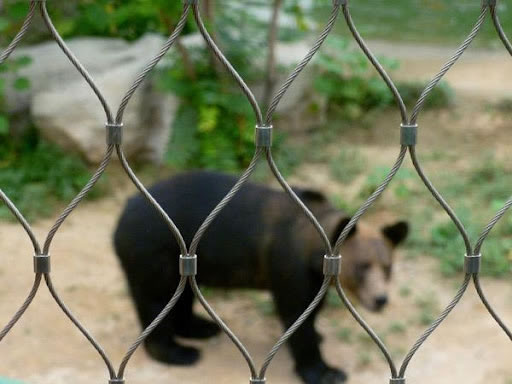
Plastic: Plastic enclosures are made of durable and flexible materials, such as polyethylene or polypropylene. They are lightweight, easy to install, and resistant to rust or corrosion. Plastic enclosures are commonly used for small animals, such as dogs, cats, and rabbits.
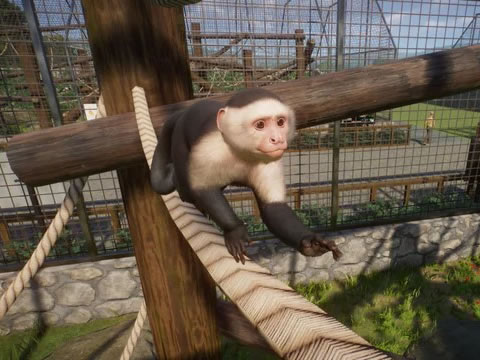
animal enclosure mesh
Wood: Wooden enclosures are made of durable and weather-resistant wood, such as oak, pine, or cedar. They are aesthetically pleasing, easy to install, and can be customized to fit specific animal needs. Wooden enclosures are commonly used for horses, goats, and other large animals.
Wire mesh: Wire mesh enclosures are made of durable and flexible wire mesh panels. They provide excellent ventilation, visibility, and protection against predators. Wire mesh enclosures are commonly used for small animals, such as chickens, ducks, and turkeys.
Concrete: Concrete enclosures are made of durable and long-lasting concrete blocks or panels. They are strong, easy to clean, and resistant to pests and diseases. Concrete enclosures are commonly used for large animals, such as elephants, giraffes, and rhinos.
The choice of material for animal enclosures depends on factors such as the animal species, the intended use, the climate, and the available resources. It is important to choose an enclosure material that provides adequate protection, comfort, and safety for the animals.
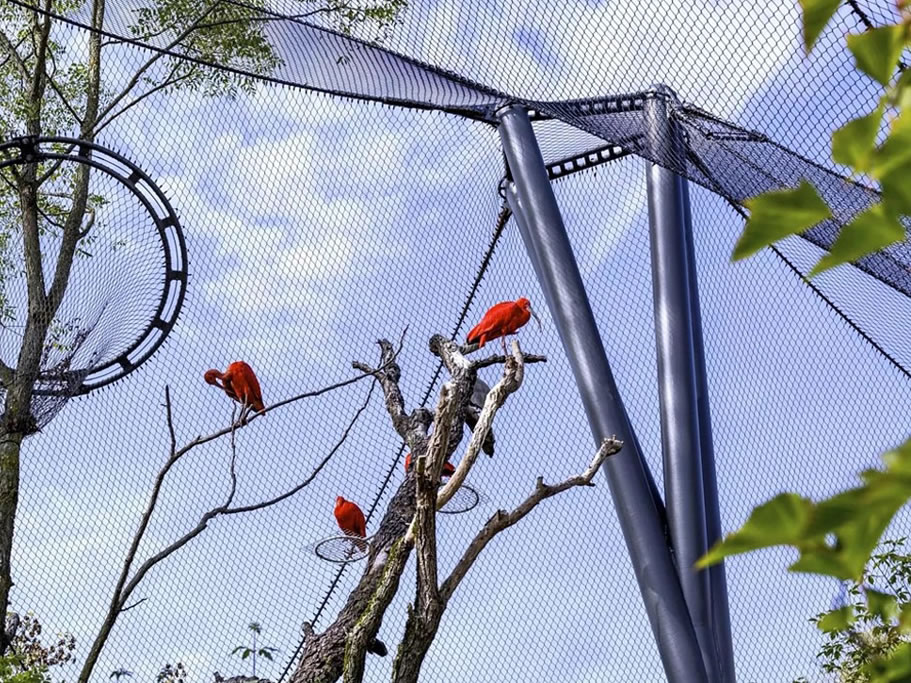 What are the application field
What are the application field
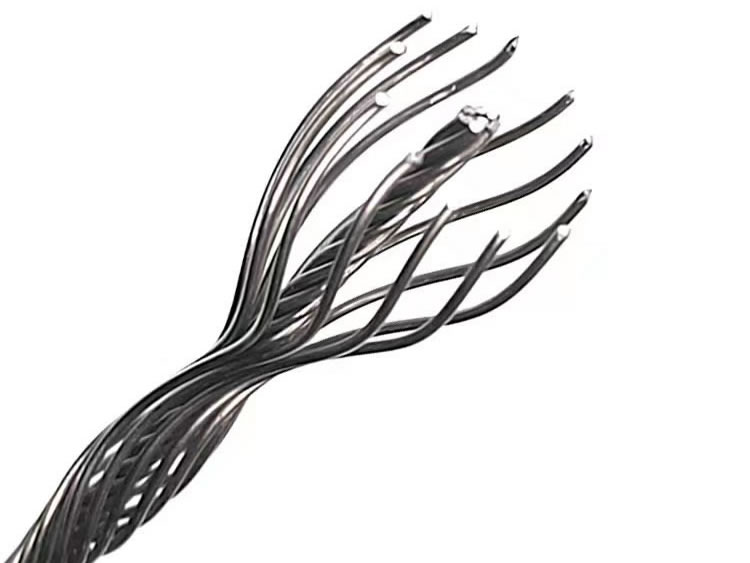 How to determine the load-bear
How to determine the load-bear
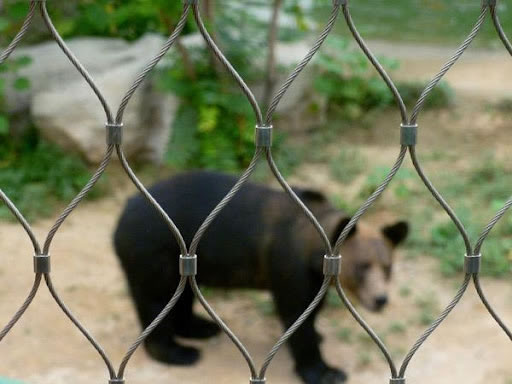 What are animal enclosures mad
What are animal enclosures mad
 How Choose the Best Stainless
How Choose the Best Stainless